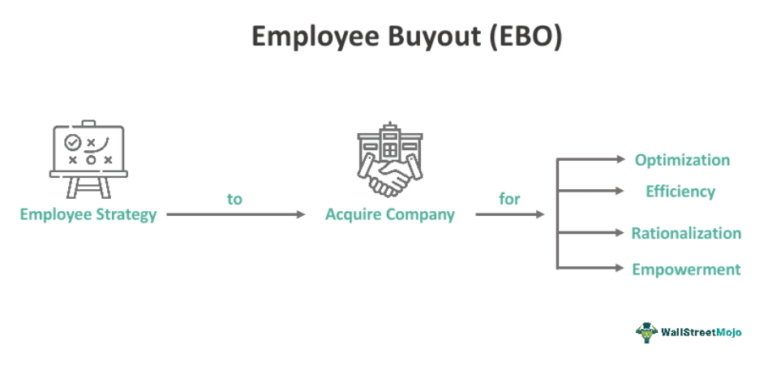
Audience
- Sentiment: Neutral
- Political Group: Conservative
- Age Group: 18-34
- Gender: All genders
Overview
- President Trump reinstated tariffs on imported steel and aluminum, increasing costs by 25%.
- While tariffs aim to protect American industries, they could lead to higher prices for consumers on everyday products like cars, bicycles, and drinks.
- Long-term economic effects raise concerns about consumer spending and local businesses as prices rise.
Understanding the Impact of Steel and Aluminum Tariffs on Our Daily Lives
In recent news, President Trump has announced some significant changes to trade policy with the reinstatement of tariffs on imported steel and aluminum. A tariff is basically a tax that a government places on goods coming from other countries, and in this case, the tax is set at 25%. This means that any steel and aluminum imported into the United States will cost more because of this added tax. If you’re wondering how this affects you, your family, and the economy as a whole, you’ve come to the right place. Let’s unpack this complicated issue step by step.
What Are Tariffs and Why Do They Exist?
First, let’s talk about what tariffs are. Tariffs are used by governments to protect their own industries. When a country imposes tariffs on imported goods, it makes those goods more expensive to buy. This encourages people to buy products made within their own country. For example, if steel from another country is really cheap, companies in the U.S. might have a tough time competing. By imposing tariffs on imported steel, the government makes it more likely that people will buy American steel instead, helping local businesses stay afloat.
You might be thinking, “That sounds good for American companies, but what about us, the consumers?” Well, that’s where things start to get a little tricky. While tariffs can help domestic manufacturers, they can also lead to increased prices for everyday goods.
Everyday Items Affected by Tariffs
So, how exactly will these tariffs affect your life? Let’s look at some items you might see every day. Many products use steel or aluminum in their manufacturing processes. Think about cars, bicycles, refrigerators, and even those soda cans you love. All of these items rely on both metal types in their production. With the added tariffs, manufacturers may raise their prices to cover the increased cost of materials.
For instance, if you’re saving up for a new bike, the price might go up due to higher steel costs. On a larger scale, cars, which already have pretty hefty price tags, could see further increases. If you’ve ever watched your parents complain about how car prices seem to keep rising, this could be part of the reason why. The same goes for those refreshing canned drinks you enjoy on hot days—if aluminum becomes more expensive, those prices could go up too.
The Broader Economic Impact
Beyond just the items we might buy at the store, these tariffs can cause ripples across the entire economy. Experts have raised concerns about what could happen in industries that heavily rely on steel and aluminum. For example, Ford and other automobile manufacturers are already worried about rising costs and challenges to their supply chains. They have to source materials to make cars, and with increased prices coming from tariffs, they may have to choose between raising car prices for consumers or cutting costs in other areas. If they cut costs, that might mean less money spent on quality or the latest technology in cars.
Beyond just the automotive industry, beverage companies are also feeling the stress. If they have to pay more for aluminum to package their drinks, those costs could be passed down to you, the consumer. A 25% increase might not only affect your pocket but could also change how often you enjoy your favorite soda or canned drink after school or practice.
The Doubts and Concerns
Trade experts point out that these tariffs could take a while to fully impact the average consumer. While some price increases could be seen almost immediately, the effects might really hit hard in a few months. Imagine doing your back-to-school shopping, only to find that your favorite snacks and drinks cost more than you expected. It can be frustrating when you’re budgeting your allowance for the month.
Moreover, not everyone agrees with the “America First” approach. While the government argues that protecting American manufacturers is vital for growth, some people worry about the long-term consequences of these tariffs. Increased costs could lead to consumers buying less or choosing cheaper alternatives, which could hurt businesses in the long run.
A Personal Connection: The Impact on Your Community
To make this discussion more personal, let’s think about your community. Do you have any local businesses you love to visit? Maybe there’s a family-owned bike shop where you always get your repairs done, or a diner that serves drinks in aluminum cans. These businesses can be hit hard by increased prices. If they can’t afford to source materials at higher prices, they might struggle to stay open, which means fewer local jobs and even less choice for you as a consumer.
The reality is that tariffs impact not just the businesses but the workers, which can have a cascading effect on the community. Families rely on jobs, and if tariffs lead to layoffs or closures, it ultimately affects everyone’s wellbeing.
Final Thoughts: What’s Next for the Economy?
As we look forward, it’s hard to predict exactly how these tariffs will play out in the long run. For now, it seems clear that consumers should prepare for price hikes in various areas of their lives over the next several months. Whether it’s paying more for a soda or saving up longer for that new bike, these tariffs are going to be a topic of conversation in many households.
In the end, it’s essential to stay informed about what’s happening in the world of trade and tariffs. Understanding these economic decisions can help you become a more informed consumer and citizen, ready to discuss and engage with these important issues.
What Are Your Thoughts?
Do you think the benefits of protecting American manufacturers outweigh the potential price increases for consumers? Have you noticed any price changes already in your favorite products? I’d love to hear your thoughts, so please share in the comments below!





